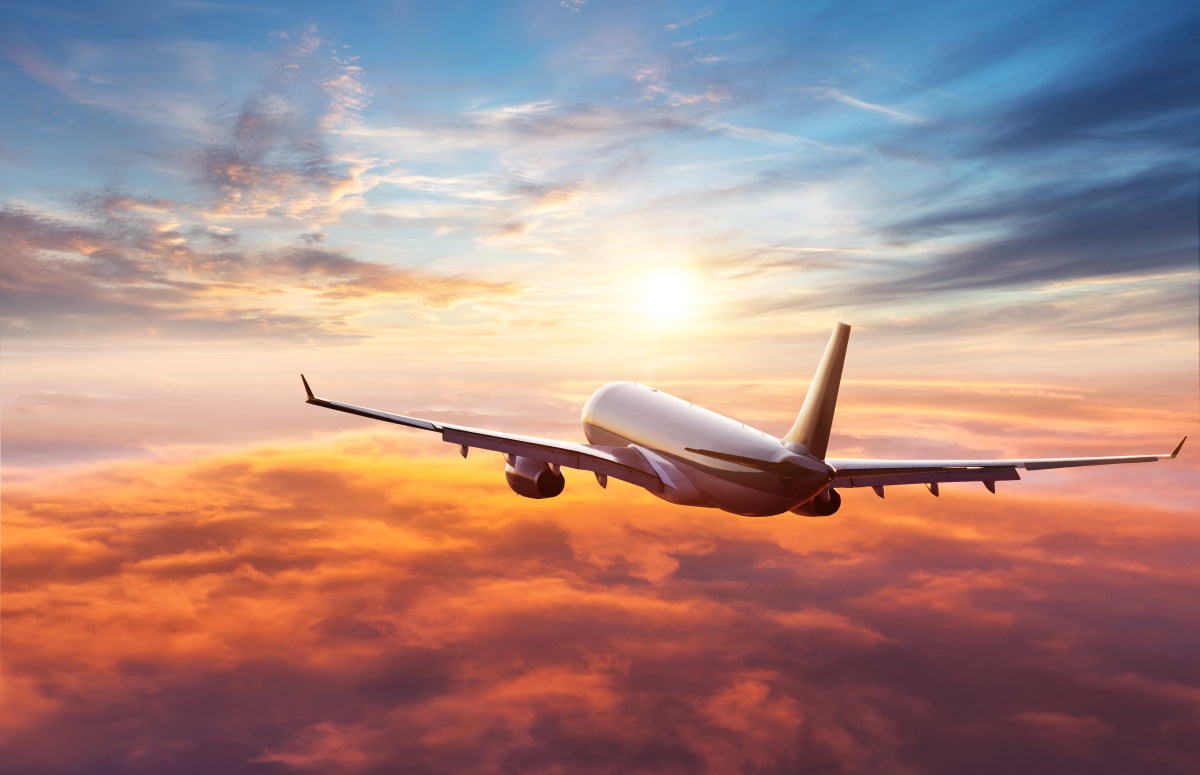
16 Aug The Sturdiest Alliance and Other Insights from the Datalex/IdeaWorks Big Book of Airline Data
Posted at 07:34h
in Airlines, Blog
by World Aviation Festival
1 Like
Share
Datalex and Ideaworks have published their Big Book of Airline Data for the 2020 Financial Year, offering some perspectives on airline resilience during the COVID pandemic. While it’s difficult to attribute the relative success of any individual airlines to anything but circumstance of the spread of the COVID, varying government policies, and border restrictions, some of the collective data reveals interesting insights.
The data shows performance for more than 270 airlines, including passenger traffic results for 180 airlines, revenue results for 152 airlines, and membership data from 42 frequent flyer programs. The information is presented in multiple formats. IdeaWorksCompany also calculated traffic and revenue for carriers for primary and subsidiary airlines. To prepare the 78-page report, Ideaworks relied on a number of sources and methods including financial documents at airline websites, press releases, industry articles, and other published materials.
Some quick take-aways include:
Asia & South Pacific airlines had the largest share of world traffic at 40.9%, which represents a distinct increase above 34.6% for 2019.
The big 4 airlines of China (Air China Group, China Eastern Group, China Southern Group, and Hainan Airlines Group), posted a 41.4% traffic drop, which was significantly below the global weighted average of 54.9%.
US & Canada airlines had the largest year-over-year revenue drop of 63%, which was higher than the global weighted average of 55.8%.
The world’s top 10 airlines by revenue generated $120.3 billion for 2020, which represents a 61.5% decrease from last year’s top 10 airlines ($312.6 billion).
Does the Low-Cost-Carrier model hold up under extreme pressure?
Other performance statistics included in the 78-page report include a comparison of performance by market segment.
Ideaworks defines traditional airlines as “a wide swath of airlines all over the world such as regional, global network, start-up, and national airlines. These are usually typified by hub-and-spoke route systems and somewhat lesser reliance on a la carte fees.” The Low cost carriers are separated into two categories, based on the degree to which their revenue relies on ancillaries including a la carte services such as baggage, seat assignments, and food/beverage.
It is interesting to compare the traffic and revenue performance of these various models side-by-side, especially in these incredibly tough market conditions.
Overall, traditional carriers remained at the lead both in traffic and revenue but they also had the higher earnings from their traffic.
Traditional carriers had around 54.8% of traffic (810,432,848 PAX) and 65.4% of revenue ($187,422,795,197). As a rough calculation, that’s over $231.26 in revenue per head.
The two Low-cost carrier categories combined, served 369,617,731 passengers and had $37,549,402,977 in revenue or $101.59 per head.
High-performing LCCs, which have a greater focus on earnings through sales of ancillaries, such as Ryanair and the AirAsia Group, carried 241,054,418 passengers and had combined revenue of $19,031,574,678 or $78,95 a head.
Interestingly, the other low-cost carriers (with ancillary share of revenue below 16%) carried 128,563,313 PAX and earned $18,517,828,300 in revenue or $144.04 a head.
At the end of the day, ancillary revenue, even punitive ancillary revenue (such as baggage fees and change fees) is elective. It is not guaranteed revenue. Passengers may opt out leaving only the bare fare to cover their carriage.
It is also interesting in all of this to examine the performance of Southwest Airlines during this period since Southwest developed the model and also holds on to its less punitive fares structure (only suspending the free drinks for Business Fare passengers). Allowing that it only serves the U.S. market, we may compare them to other U.S. carriers.
According to the Ideaworks and Datalex report, U.S. carriers (including Southwest) served 298,607,000 passengers during this period and had combined revenues of $61,447,813,000 or $205 a head.
Southwest reported annual 2020 total operating revenues of$9.0 billion. The Bureau of Transport Statistics reported that Southwest had the largest share of airline passengers for a single carrier in the U.S. in 2020 (including domestic and international service) with 68 million passengers carried; that is $132,35 a head.
Which alliance was most resistant to Covid?
Another fun comparison from the Datalex/Ideaworks report was looking at the relative performance of the three major airline alliances during this period. It shows that Star Alliance still has the largest share of the market earning 38% of revenues and carrying 39.4% of traffic during 2020, but as the detailed table reveals, the real winner was SkyTeam which had the lowest drop both in revenue (-54.1%) and traffic (58%) when compared to 2019.
In terms of revenue by passenger carried, Star Alliance airlines served 300,127,719 passengers and earned a combined $75,204,792,611 or $250.58 a head. SkyTeam served 279,575,254 passengers and earned a combined $69,649,204,255 in revenue or $249,13 a head—a very close call between them. For their part, Oneworld allies carried 181,256,154 passengers and earned $53,142,955,173 in revenue. That’s $293.20 a head, which is impressive on its own.
Planning for the future
As Alison Bell, SVP Global Sales & Marketing at Datalex, says in her letter of introduction, “The Big Book provides a comprehensive look at air travel revenue, passenger numbers and more for this seminal period and we are delighted to once again sponsor a single source of truth about air travel. The contrast with 2019 is striking – that was a record year for air travel and the companies that provide it.
“To be expected for 2020, there is bad news; numbers are down in almost every respect. There is good news too – virtually all the airlines in last year’s Big Book are still around, a testament to their ingenuity, resilience, and relevance – and to the fundamental value that travel provides for humankind.
“As we emerge from the challenges of the global pandemic, we believe there will be a strong recovery over time, which will in turn be positively reflected in airline traffic and revenues in future Big Book editions. Airlines that harness the accelerated power of ecommerce will recover faster and perform better.”
If you couldn’t make it to the beach this summer, or just love knowing all about airlines, the Datalex Big Book of Data by Ideaworks is a great spot for a deep dive.








